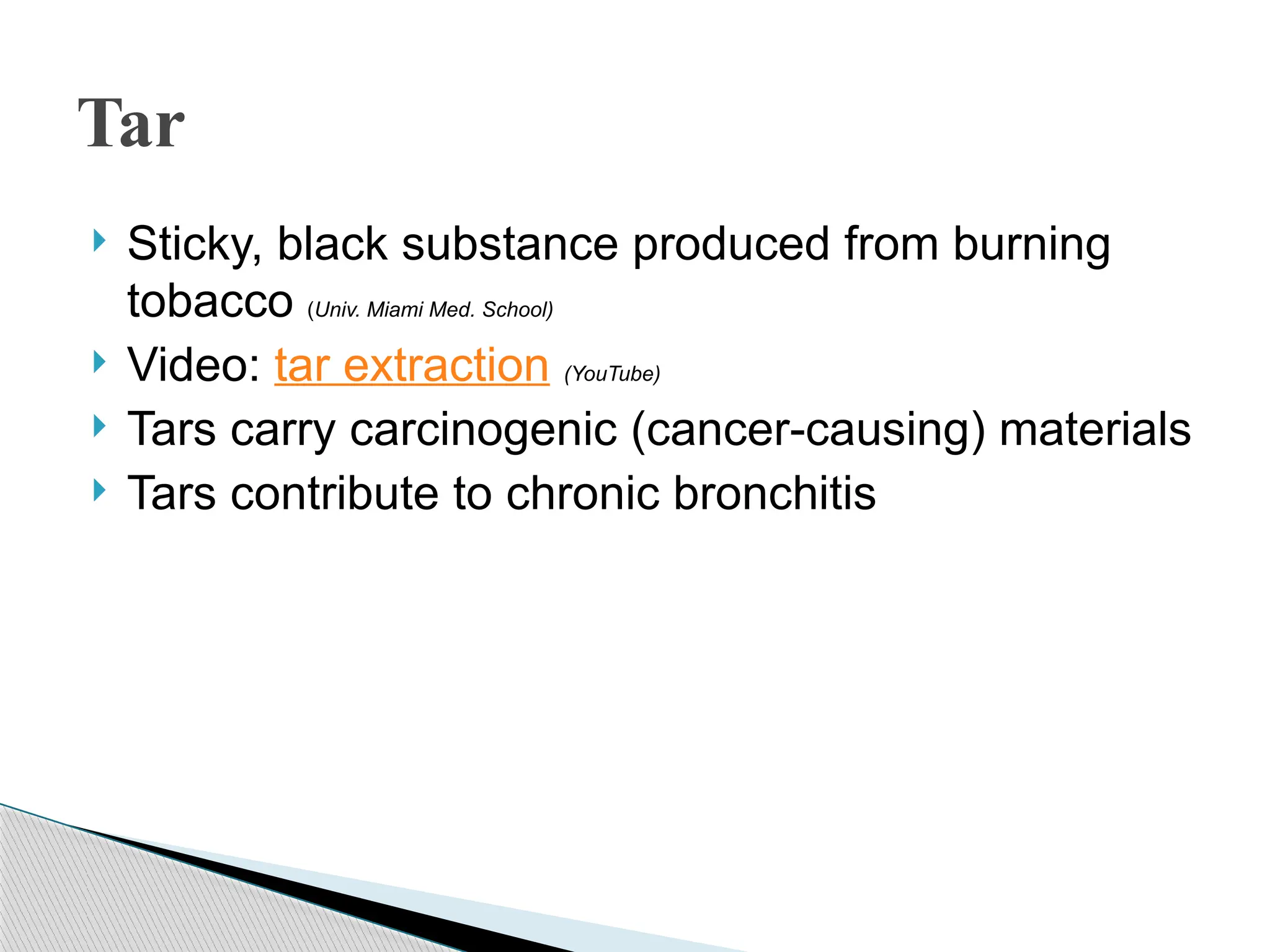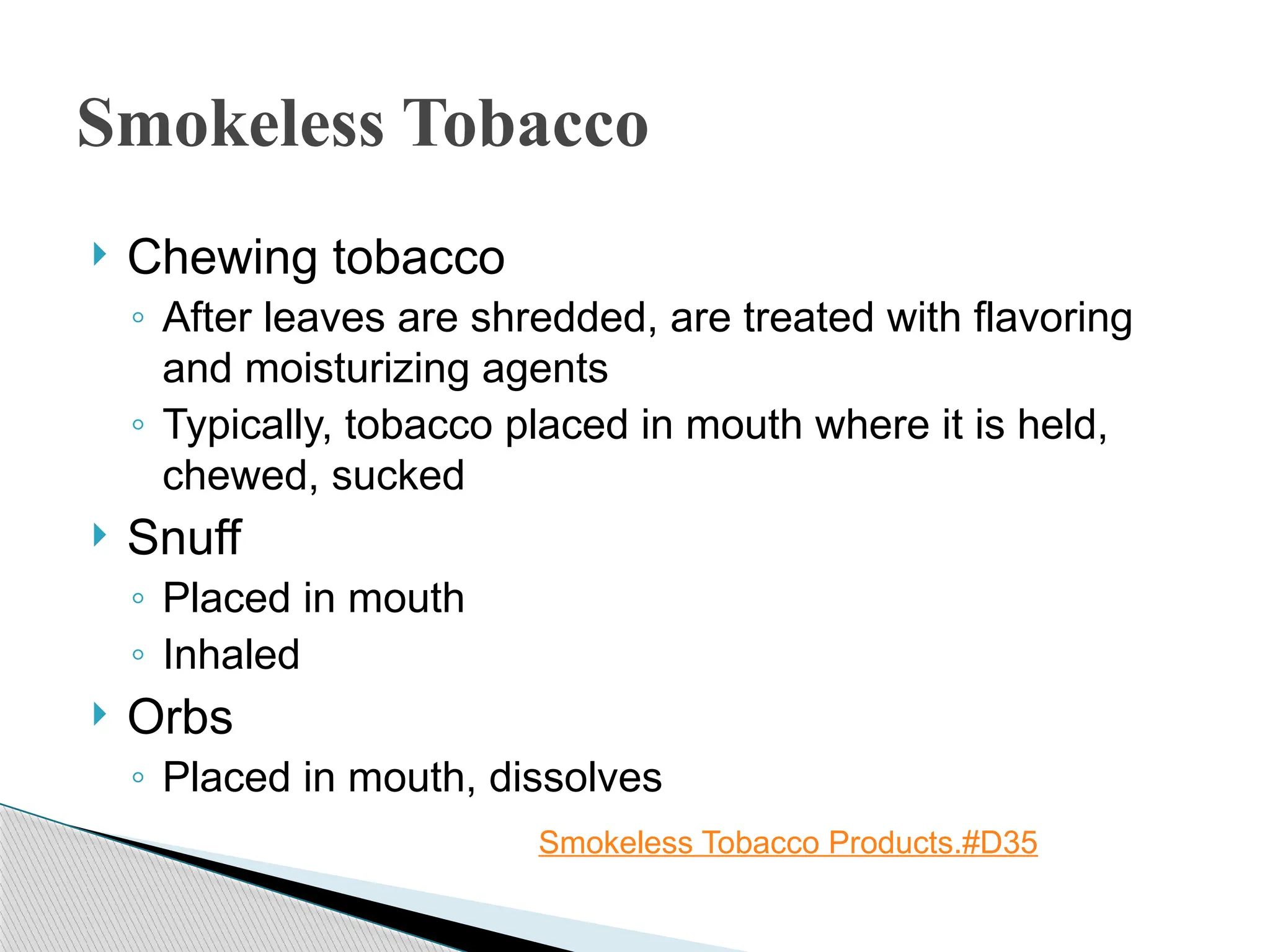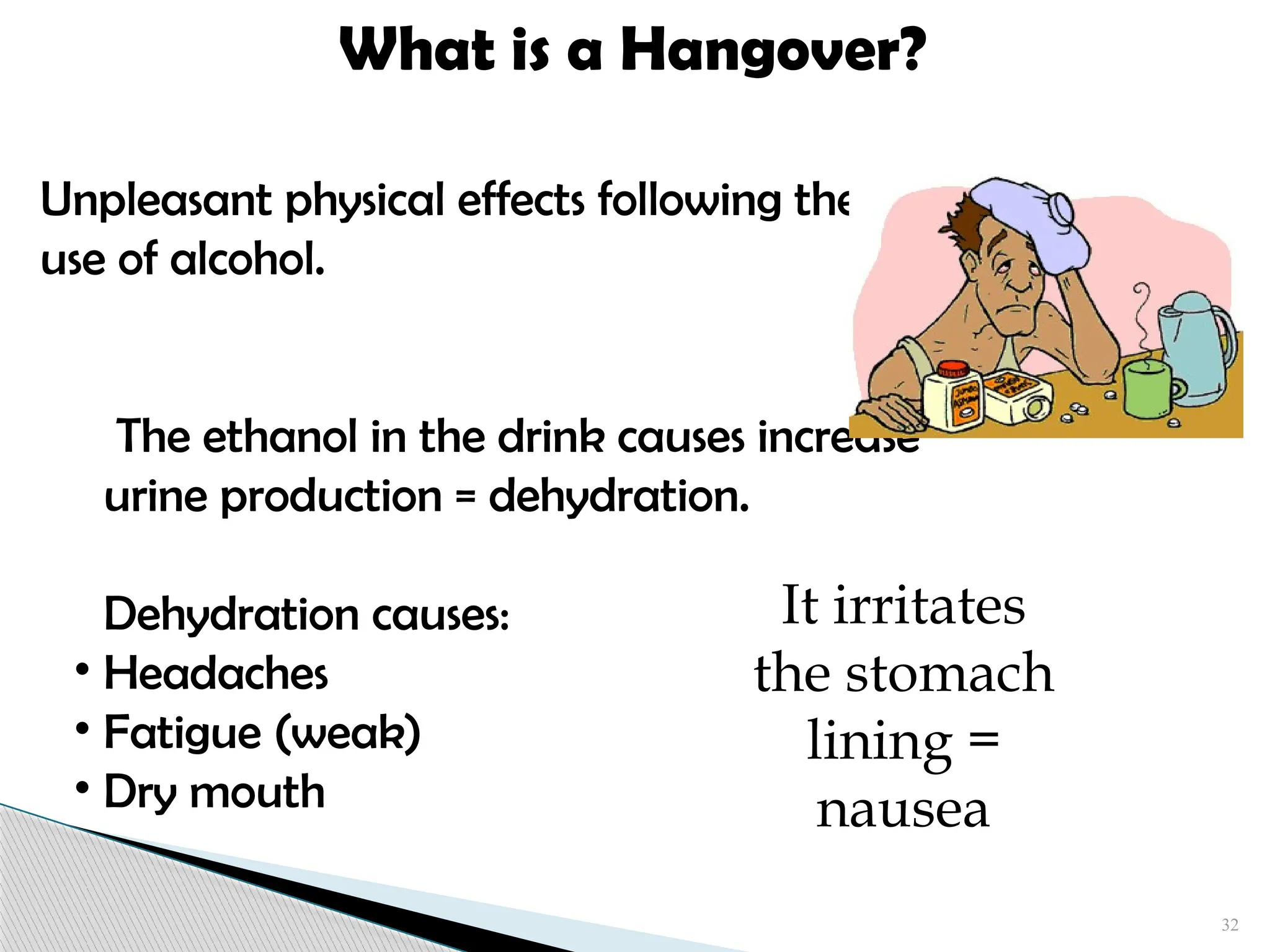This class will cover…
The history of tobacco use from pipes, paper to vaping
The effects of ATOD ingestion on the brain and body (neurotransmitter response)
Blood alcohol content and how it affects behavior.
The Legal ramifications of impaired driving














































